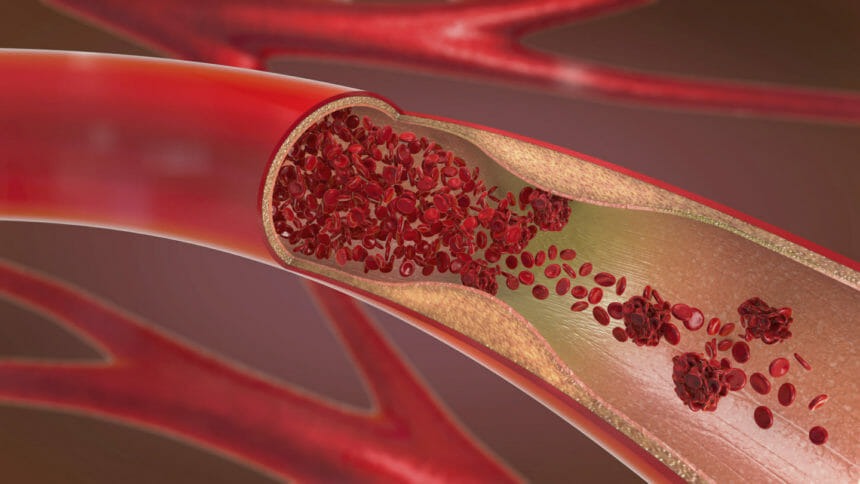
Similar to how researchers are coming up with biomarker tests for Alzheimer’s and related dementias, a team of investigators are working on a blood test to detect Parkinson’s disease.
The test in question spots and quantifies single ⍺-synuclein fibrils, parts of ⍺-synuclein that are a hallmark of Parkinson’s and other neurodegenerative disorders collectively known as ⍺-synucleinopathies. The research was published Monday in PNAS.
The researchers — from the Brigham and Women’s Hospital, Mass General Brigham and Wyss Institute for Biologically Inspired Engineering at Harvard University — created so-called “digital seed amplification assays” (digital SAAs) that they used to detect single ⍺-synuclein fibrils in samples of brain tissue and fluid.
“Our digital SAAs present a critical technological advance with the potential to turn pathological ⍺-synuclein into an early biomarker for this class of neurodegenerative diseases,” co-first author Tal Gilboa, PhD, a postdoctoral research fellow in the Walt lab said.
“This work is an important step toward our goal to develop a method to detect and quantify a key marker of Parkinson’s disease to help clinicians identify patients much earlier, and thus keep PD and related neurodegenerative disorders much more effectively at bay,” David Walt, PhD, a member of the team, said. “Having a biomarker that we can quantify could help us identify new drug candidates, and test their effects in more targeted patient cohorts at early stages of the diseases.”
Parkinson’s disease with multiple system atrophy (MSA) and dementia with Lewy bodies are classified under a group of neurological disorders that have in common the pathological aggregation of the ⍺-synuclein protein into toxic fibrils. Those fibrils disrupt multiple neurological functions, causing neuronal cells to die. Symptoms in people with ⍺-synucleinopathies strongly overlap, which makes it hard to distinguish them in order to start therapy based on the individual diseases. The test could distinguish between different ⍺-synuclein fibril structures that form in patients who have Parkinson’s disease and other related diseases.





